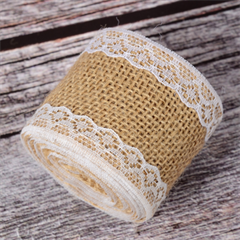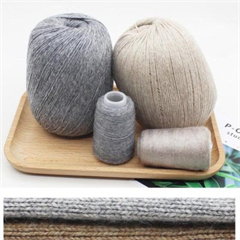1. Relax Your Hands:
- Begin with relaxed hands and fingers. Avoid gripping the yarn too tightly, as this can lead to uneven tension.
2. Practice Consistency:
- Consistency is key. Try to maintain the same level of tension throughout your work. This applies to both knitting and crocheting.
3. Choose the Right Yarn:
- Different yarns have varying levels of elasticity and texture. Familiarize yourself with the yarn you’re using and adjust your tension accordingly.
4. Use the Right Needle or Hook Size:
- Ensure that your needle or hook size matches the yarn weight you’re working with. Using the correct tools can help achieve better tension.
5. Find Your Comfort Zone:
- Experiment with different ways of holding your yarn until you find a method that feels comfortable and allows for easy control.
6. Yarn Guide:
- Consider using a yarn guide, such as a tension ring or yarn bowl. These tools can help maintain consistent yarn tension as you work.
7. Gauge Swatches:
- Create gauge swatches before starting a project to practice your tension and ensure that it matches the pattern’s requirements.
8. Adjust Tension as Needed:
- Pay attention to your tension as you work. If you notice that it’s becoming too tight or too loose, stop and make adjustments.
9. Use Proper Techniques:
- Learn and practice proper knitting or crochet techniques. Following the correct methods can help maintain tension more easily.
10. Practice Regularly: – Like any skill, yarn tension improves with practice. Spend time on small projects or swatches to refine your tension control.
11. Relax Your Shoulders and Posture: – Tension issues can sometimes stem from tense shoulders or poor posture. Ensure you’re sitting or standing comfortably while you work.
12. Consistent Stitch Size: – Pay attention to the size of your stitches. If you notice a stitch that’s significantly larger or smaller than the others, correct it immediately to avoid uneven tension.
13. Take Breaks: – Fatigue can affect your tension. Take short breaks to relax your hands and refresh your focus, especially during long crafting sessions.
14. Don’t Rush: – Rushing can lead to uneven tension. Take your time, especially when working on intricate or detailed patterns.
15. Seek Guidance: – If you’re struggling with maintaining consistent tension, consider seeking guidance from experienced knitters or crocheters. They can provide tips and feedback to help you improve.
Remember that achieving perfect tension may take time and practice. Don’t get discouraged by initial difficulties. As you gain experience and develop muscle memory, your yarn tension will become more consistent, resulting in neater and more polished projects.
























